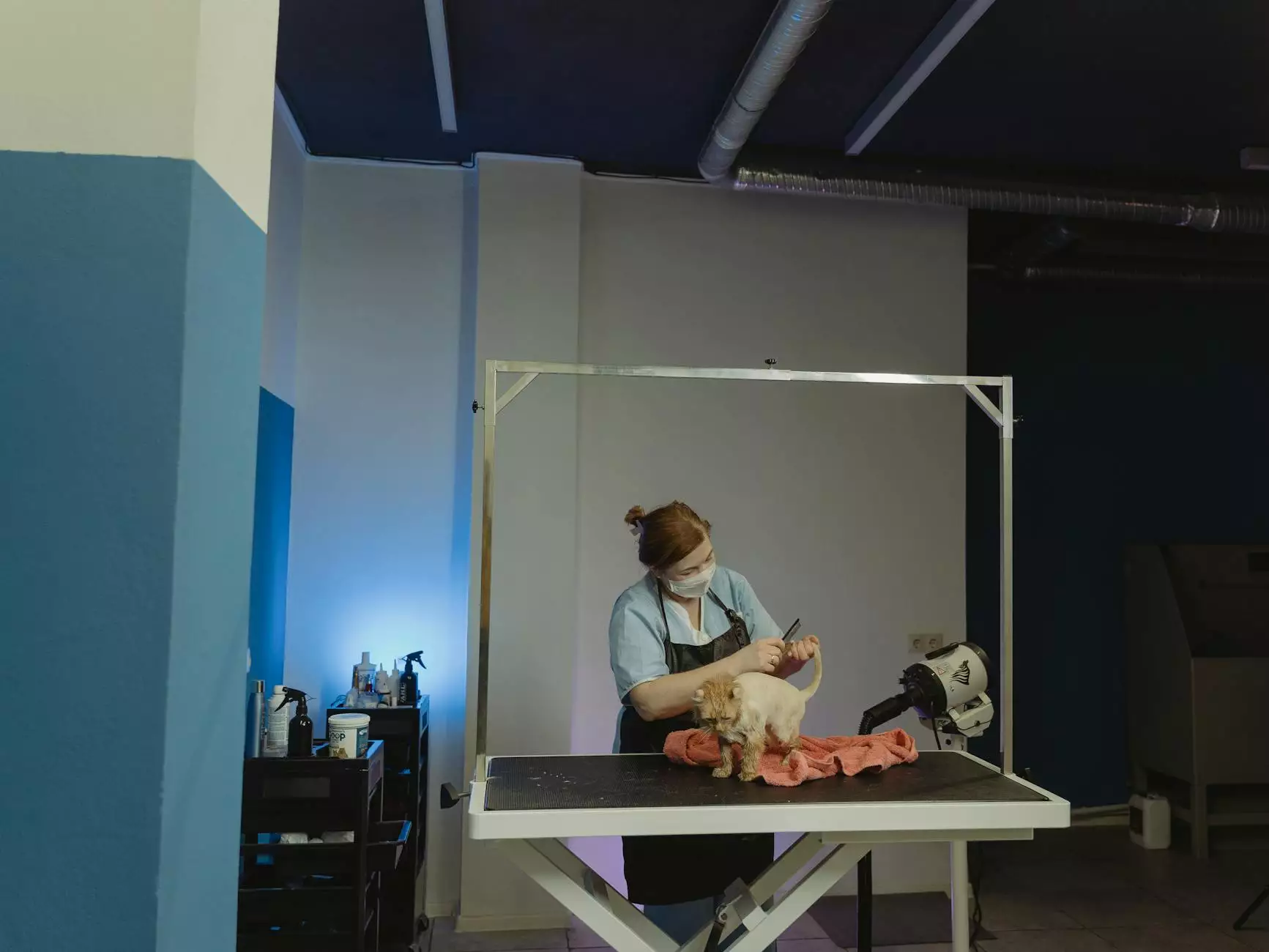Understanding and Treating Shoulder Pain with Abduction and Internal Rotation

Introduction
Shoulder pain with abduction and internal rotation is a common symptom experienced by many individuals. This condition can significantly impact daily activities and hinder quality of life. If you're suffering from this type of shoulder pain, it's crucial to understand its causes and seek appropriate treatment.
What is Shoulder Pain with Abduction and Internal Rotation?
Before delving into the specifics of this condition, it's important to comprehend the anatomical aspects of the shoulder joint. The shoulder joint is a complex structure comprising the humerus (upper arm bone), scapula (shoulder blade), and clavicle (collarbone).
Shoulder pain with abduction and internal rotation refers to the discomfort felt when lifting the arm away from the body and rotating it inwards. It can commonly be associated with rotator cuff injuries, instability, or impingement.
Causes of Shoulder Pain with Abduction and Internal Rotation
There are several possible causes for shoulder pain with abduction and internal rotation:
- Rotator Cuff Injuries: The rotator cuff encompasses a group of muscles and tendons that stabilize the shoulder joint. Injuries or tears in the rotator cuff can lead to pain during specific movements.
- Shoulder Instability: When the shoulder joint becomes unstable, it can result in pain during activities involving abduction and internal rotation. This instability may be caused by dislocations, subluxations, or ligament damage.
- Shoulder Impingement: This condition occurs when the tendons of the rotator cuff become compressed between the humerus and the acromion (part of the scapula). It often causes pain during certain arm movements.
- Biceps Tendonitis: Inflammation or irritation of the biceps tendon can lead to pain with shoulder abduction and internal rotation. This condition is commonly seen in athletes involved in repetitive overhead movements.
- Adhesive Capsulitis (Frozen Shoulder): This condition involves stiffness and pain in the shoulder joint, restricting its range of motion. It can make abduction and internal rotation particularly challenging.
Treatment Options
When experiencing shoulder pain with abduction and internal rotation, it is essential to seek professional guidance for an accurate diagnosis and effective treatment plan. Consulting a healthcare professional, such as a chiropractor or physical therapist, specializing in musculoskeletal issues is highly recommended.
1. Physical Therapy
Physical therapy plays a crucial role in the management of shoulder pain. A skilled physical therapist can develop a personalized program to improve range of motion, strength, and stability. This may include exercises, manual therapy techniques, and modalities such as heat or ice therapy.
2. Chiropractic Care
Chiropractors focus on the diagnosis and treatment of musculoskeletal conditions, including shoulder pain. They utilize various techniques like spinal adjustments, joint mobilization, and soft tissue therapies to alleviate discomfort and restore proper shoulder function.
3. Medications and Injections
In certain cases, nonsteroidal anti-inflammatory drugs (NSAIDs) or corticosteroid injections may be prescribed to reduce pain and inflammation in the shoulder joint. However, it's important to note that medications and injections alone do not address the underlying causes of shoulder pain.
4. Surgical Interventions
In severe cases where conservative treatments fail to provide relief, surgical intervention may be considered. Surgical options range from arthroscopic procedures to repair damaged tissues to joint replacement surgeries for advanced conditions like arthritis.
Prevention and Rehabilitation
Preventing shoulder pain with abduction and internal rotation involves maintaining overall shoulder health and following proper techniques during physical activities. Regular exercise, including stretching and strengthening the shoulder muscles, can help reduce the risk of injury.
In cases where shoulder pain has already occurred, a structured rehabilitation program is crucial. This involves progressive exercises and therapies aimed at restoring shoulder function and preventing future episodes of pain.
Conclusion
Shoulder pain with abduction and internal rotation can significantly impact your daily life, but with the right understanding and treatment, you can regain optimal shoulder function. Remember to seek professional help from experts in Health & Medical, Chiropractors, and Physical Therapy to accurately diagnose your condition and develop an effective treatment plan.
At IAOM-US, we are dedicated to providing valuable information and resources to help individuals suffering from shoulder pain. Explore our website for more insights and connect with healthcare professionals who specialize in treating shoulder-related issues.









